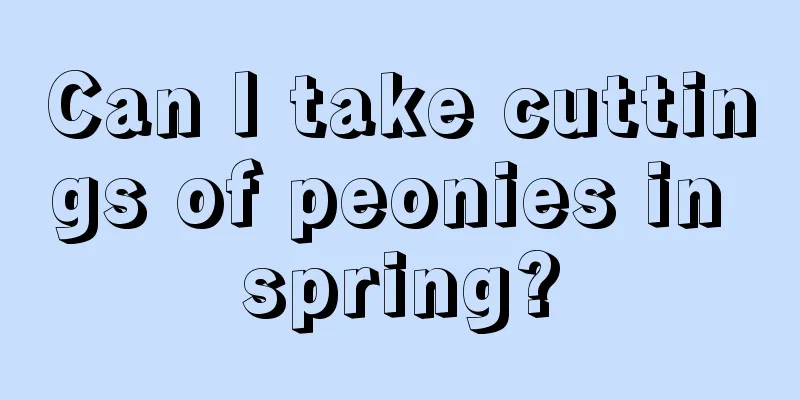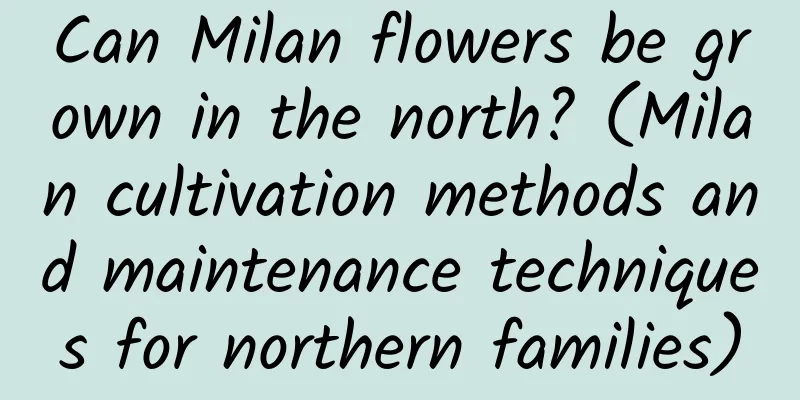What insects does acetamiprid mainly kill?

|
Acetamiprid is a new broad-spectrum insecticide with certain acaricidal activity. It has a good application effect on a variety of plant pests and diseases such as rice, fruit trees, and cotton, and is widely used in agriculture. So what insects does acetamiprid mainly kill? Let’s learn more about it below. What insects does acetamiprid mainly kill? Acetamiprid has the characteristics of broad insecticidal spectrum, high activity, small dosage, long-lasting effect and rapid effect. It has contact and stomach poison effects and has excellent systemic activity. It has a good control effect on Hemiptera (aphids, leafhoppers, whiteflies, scale insects, scale insects, etc.), Lepidoptera (diamond back moth, miner, borer, leaf folder), Coleoptera ( longhorn beetles , monkey leafworms) and Mesoptera pests (thrips). How to use acetamiprid? 1. Usage and Dosage 1. Prevent and control vegetable aphids During the initial outbreak of aphids, use 40-50 ml of 3% acetamiprid emulsifiable concentrate per acre, dilute with 1000-1500 times water, and spray evenly on the plants. 2. Control rice planthoppers During the peak period of low-age nymphs, spray with 1000 times 5% acetamiprid emulsifiable concentrate, and the prevention and control effect can reach more than 90%. 3. Control black-winged whiteflies on fruit trees and citrus whiteflies During the pest infestation period, spray with 1000-1500 times diluted 3% acetamiprid wettable powder. 4. Prevention and control of cotton, tobacco and peanut aphids During the initial stage of aphid infestation, spray the plants evenly with 5% acetamiprid diluted with 2000 times water. 2. Precautions 1. Acetamiprid should not be mixed with strong alkaline liquid medicine. 2. Do not apply pesticides on windy days or when rain is forecast within 1 hour. 3. Acetamiprid should be stored in a cool and dry place and should not be mixed with food. 4. Acetamiprid is slightly irritating to the skin. Be careful not to splash it on the skin. If it splashes, wash it off immediately with soapy water. 5. Acetamiprid is harmful to bees, silkworms, etc. When using it, you must pay attention to the surrounding environment to avoid unnecessary losses. 6. One of the disadvantages of acetamiprid is that it only kills adult insects but not eggs. When used with an ovicide, its effectiveness will last longer and be better. For example, pyriproxyfen and spirotetramat. In general, acetamiprid has a relatively wide range of insecticides and is quick to take effect, especially for insect pests (aphids) that have developed resistance to the drug. However, during use, you need to pay attention to the method and dosage to avoid harm to humans, animals and the environment.
|
<<: How to grow money tree seedlings and when to top the seedlings
Recommend
How long does it take for ginseng fruit cuttings to take root? The fastest way to take root
Ginseng fruit cutting rooting time Ginseng fruit ...
How to grow lettuce in pots
As the weather gets warmer, cold dishes become on...
What kind of soil is suitable for planting cones
Soil for meat cones Conus generally prefers sligh...
How to care for the newly bought maidenhair fern
1. How to care for the newly bought maidenhair fe...
How to grow Clivia miniata
1. Potting soil To care for Clivia miniata, you n...
Cultivation methods and precautions of fragrant lily
1. Flower soil Lilies are suitable for growing in...
When and what fertilizer to use for peppers (how often should you fertilize peppers?)
Generally speaking, pepper fertilization can be d...
Environmental conditions and characteristics of beans growth
Environmental conditions and requirements for bea...
Where do plum blossoms grow?
1. Growth Environment The plum blossom has a good...
The efficacy and function of Daphne koreana
The ornamental effect of Daphne koreana Daphne ko...
Can yogurt be used to water flowers directly? The correct way to water flowers with leftover yogurt
Water the flowers directly with yogurt Yogurt can...
Don’t place flowers and plants randomly at home
Functions of plants Feng Shui masters of all gene...
Can rice water be used to water lemon trees? The correct way to water rice water
Watering lemon trees with rice water Lemon trees ...
When is the right time to plant peanuts?
It is spring now. Among the crops sown in spring,...
Why Roses Don’t Survive When Repotted in Spring (Methods and Precautions for High Survival Rate of Repotting)
Analysis of the reasons why roses do not survive ...









